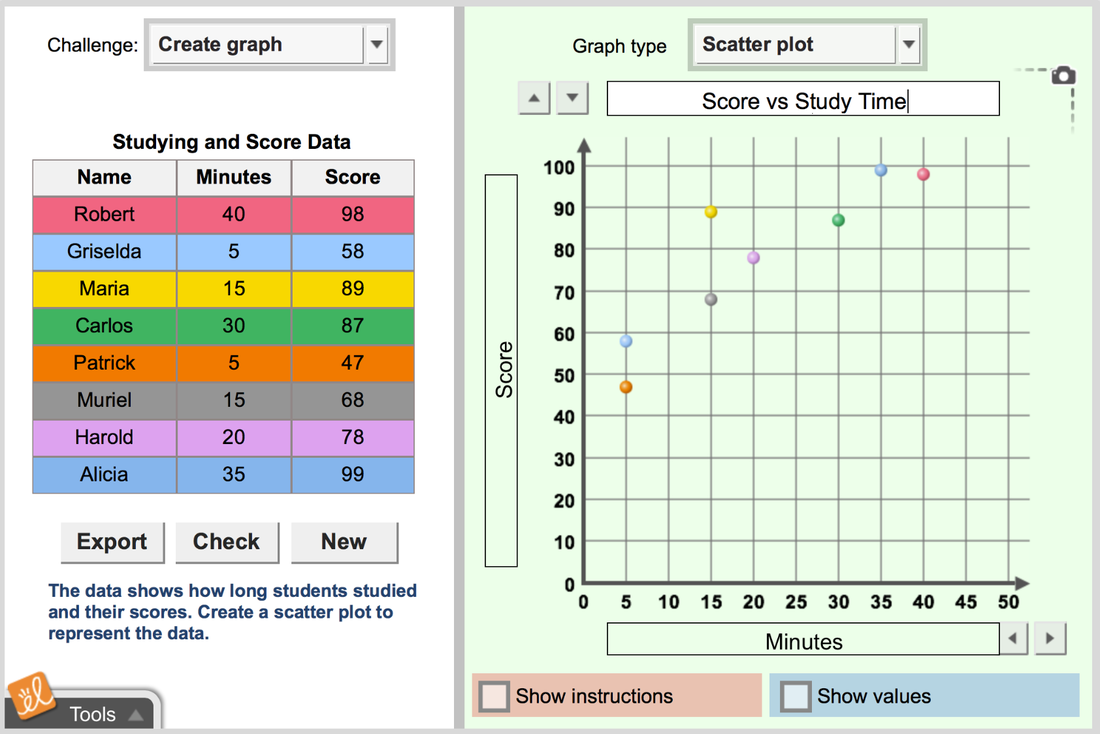

These radioactive atoms are called cosmogenic radionuclides. When cosmic rays collide with atoms, they can make atoms radioactive. Our solar system’s sun, and other stars in the galaxy, emit a constant stream of cosmic radiation, which then regularly hits the Earth. Radiation from SpaceĪbout 5% of the average annual radiation exposure for people in the United States comes from outer space. Learn more about RadTown’s Radon in Homes, Schools and Buildings. It is important to test your home for radon to reduce your exposure to radiation. Radon is a natural radioactive gas that gets into homes and buildings. The natural radionuclide, radon, is the largest natural source of exposure. More than half of the average annual radiation exposure of people in the United States comes from natural sources. Some radionuclides dissolve in water and end up in surface or groundwater. When radionuclides are in soil particles, they can be blown around by wind. Rocks containing natural radionuclides are broken down into soil by the weather, bacteria and fungi. These radionuclides end up naturally in soil, water and air. As they decay, they become other radionuclides such as radium and radon. Natural radionuclides found in the Earth’s crust include uranium and thorium.

Radioactive decay is the process in which a radioactive element turns into another element, releasing radiation in the process. All radionuclides go through radioactive decay until they reach a stable state. Some radionuclides have been present in rocks since the formation of the Earth. Scientists study radionuclides as they move through ecosystems. Ecosystem science studies every part of the system, including the interactions between water, air, land, plants, animals, and humans. This research is called ecosystem science. Scientists study ecosystems to learn how minerals and other chemicals, like radionuclides, move through Earth’s different natural systems. Weather, which can help radionuclides from nuclear weapons testing settle back to Earth from the atmosphere.Human activity and industry, including byproducts and wastes from processes like water filtration and treatment.If we are closer to outer space, we are more likely to interact with these radionuclides. Radionuclides created by cosmic rays hitting atoms in Earth’s atmosphere.Radionuclides present in Earth’s crust.This image shows the different pieces of an ecosystem and the different things that could affect it, like solar radiation, disturbances, nutrients, minerals, and organisms.


 0 kommentar(er)
0 kommentar(er)
